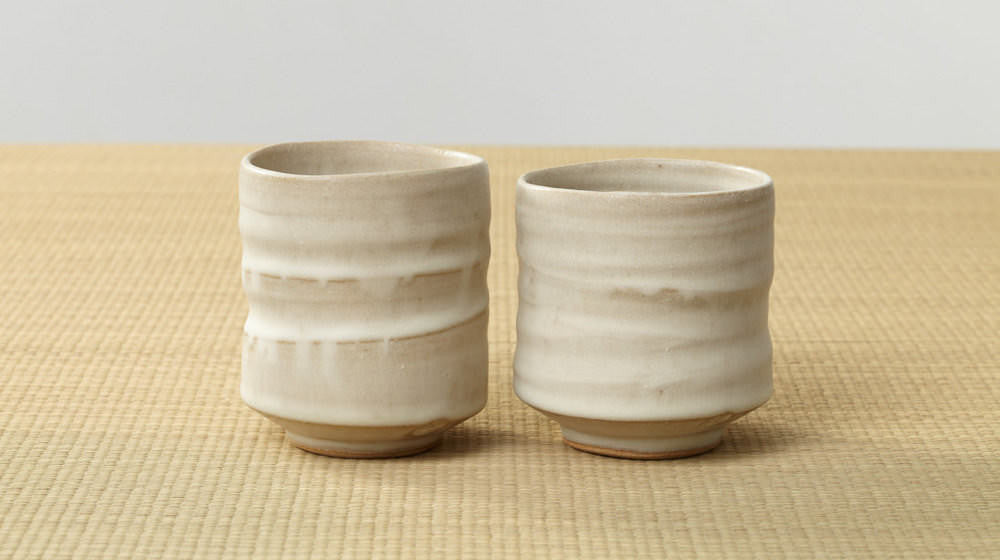History of Tea in Japan
Tea drinking has a long history in Japan. As early as the Heian period (794-1185) the cult of tea had already flowered. It had appeared to have been a pastime enjoyed by noblemen as they dangled fishing lines in the waters of ponds and listened to music.
Tea, however, did not grow in Japan until the first seeds were brought from China during the T'ang Dynasty (618-905). During the Nara period (710-784), tea plants were being grown on the grounds of some temples and served priests and noblemen as a medicinal beverage. Tea became known as a luxury in Japan mainly because China wasn't exporting large quantities to Japan. The development of tea as a beverage in Japan didn't occur until much later. At this time, Japan was imitating the culture of China, but was forced to mold its own traditions and culture due to bad relations between the two countries.
One outcome of this imitation and adaptation was the development of Buddhism in Japan which took on a different approach from Chinese Buddhism. Therefore, it formed into a pure Japanese religion. The nobles were beginning to form aesthetics in the fields of art and calligraphy. As no records were kept of the Chinese custom of tea-drinking, the beverage remained virtually unknown from the Nara period to the Heian period (794-1192), but tea was introduced in different parts of Japan toward the end of the era and at the beginning of the Kamakura period (1192-1333).
It was in the Kamakura period that a new systematic approach to learning the fields of philosophy and religion attracted a large number of Japanese priests and scholars to study in China. One priest who left for China in 1187 was Eisai Myo-an (also known as Yosai; 1141-1215). He was the founder of Zen Buddhism in Japan. He brought back with him in 1191 tea seeds and planted them in Japan.
Eisai was the first to grow tea in Japan purely for religious purposes. Others before him cultivated tea for medicinal purposes only. The tea that Eisai grew was of great improvement in quality from the earlier types of teas grown in Japan. This led him to the discovery of powdered tea. Previously, people boiled leaves but Eisai taught people to grind the leaves into a powder, add hot water and stir the mixture before drinking, enhancing the flavor of tea.
Originally, tea was used as a stimulant to keep monks from falling asleep during meditation, but by the early 14th century, the demand for tea had increased for its taste and soon spread to the Samurai society and even into the rural communities. After the fall of the Kamakura period in 1333, Japan was thrown into a state of confusion by the rivalries between the Northern and the Southern Dynasties. During this time, a new class of people came into existence, gekokugo or the parvenus. They were interested in tea-drinking for entertainment, so they often held large gatherings with their friends to enjoy tea and play tocha, a game that originated in the Sung dynasty of China. In this game, the guests were tested on their ability to distinguish between the two types of tea grown in the country, the genuine tea and the fake tea, tea grown in another place. This game was played by people of all classes.
The system of serving tea was extremely elaborate. There were originally ten cups of four different kinds of tea for each guest; but soon, the number of cups increased to twenty, fifty and seventy, until reaching one hundred cups per person. This required many cups, thus that is why only one cup is used in today's tea ceremony.
When the civil wars finally came to an end in 1392, the first Muromachi shogun, Ashikaga Takauji (1305-1358) took control of the country. The tea game was so popular that he had to put a ban on it. At the same time, a style of tea gathering was evolving (called cha-e, an older form of Cha-no-yu). Thus, this is what many people perform now.


1 comment
Write a commentHayao Miyazaki
Thanks a lot for this very detailed write up. Japanese tea is by far the best in the world!